Content warning: This article will discuss consent violation and sexual assault. No graphic descriptions will be included, but it may nonetheless be upsetting or triggering to some readers. There are resources available at the end of the article for finding sexual assault survivor support.
April is Sexual Assault Awareness Month so we’ll be covering different types of consent violations and how to handle them. Consent can be a tricky, nebulous topic and ultimately, there will be no “one size fits all” guide to handling consent violations because each circumstance is different. That being said, there are certainly general guidelines that are widely applicable, which is what this article will cover.
Consent is a mutual agreement between involved parties to engage in a specified activity; for the purposes of this article, consent refers to sexual consent, but consent is relevant in all aspects of interpersonal interactions. Consent must be freely given, reversible, informed, enthusiastic, and specific. A coerced “yes” does not count as consent and consent for one activity does not imply consent for other activities. Furthermore, consent is only valid when the involved parties are on the same page about what they are consenting to. There are endless ways to ascertain consent and while it may feel awkward at first, dealing with a little bit of awkwardness is far preferable to violating someone’s boundaries.
If you are unsure of how to go about establishing boundaries and consent, please refer to these resources:
@givingthetalk, @comprehensiveconsent, @yestoconsent & @letstalkabtconsent on Instagram
Consent violations can result from a variety of circumstances. Some people are unable to give consent, like minors, people with advanced intellectual disabilities, and non-sober people. In other instances, someone can give consent in theory but if consent is not attained in the ways discussed above, it cannot qualify as consent. A prime example of this is stealthing which refers to non-consensual condom removal. Regardless of whether or not the sex acts being performed were consensual, if that consent was given with the understanding that a condom would be used, failure to adhere to that invalidates the consent. When the terms of the consent have been changed without everyone involved being informed, it cannot qualify as consent.
It’s difficult to advise a response to consent violation because every situation is unique. For consent violations that occur within a romantic relationship, you may want to repair it. If it’s accessible to you, it’s a great first step to seek professional help from a relationally trained psychotherapist.
If this is inaccessible, here are some general tips:
First and foremost, take care of yourself physically and emotionally. Do you need to be alone, do you need company, do you need to talk things through? Gauge your immediate needs and address them to whatever extent is accessible to you.
Though independent internal processing is absolutely beneficial, there is a fine line between that and isolating oneself which can stifle the healing process. If you’re uncomfortable speaking to someone you know, consider calling a sexual assault crisis hotline (additional hotlines listed below).
If you are unfamiliar with your own boundaries and comfort levels with various sexual activities, do that work first so you will be able to give your partner(s) guidance to avoid something similar in the future. Should you struggle with this process, Embrace Sexual Wellness has another article about communication and boundaries here.
Scarleteen has an excellent worksheet for navigating your own trauma response which may be useful through this process as well.
It’s nearly impossible to have a relationship without hurting each other at some point. The important part is how you move forward in a way that feels safe and comfortable for everyone involved.
It’s valid if you feel like you cannot repair the relationship after a consent violation. Though it’s easier said than done, prioritizing your needs, even if that means breaking things off, is the only way to ensure your healing process does not become stunted.
While there are varying definitions of consent violations, the most important consideration is how you feel. Healthy, consensual sex should never leave any participants feeling uncomfortable or violated. If you are a survivor of a consent violation, resources like the Rape, Abuse, and Incest National Network (RAINN) and Planned Parenthood have thorough guides on how to proceed. If you have been accused of sexual assault, Teen Vogue has a guide for responding appropriately.
Additional Hotlines
National Sexual Assault Hotline: 1–800–656–4673
National Sexual Assault Chat: https://hotline.rainn.org/online/
National Domestic Violence Hotline: 1–800–787–3224
National Domestic Violence Chat: www.thehotline.org/help
RAINN Hotline: 800-656-4673 or Live Chat































